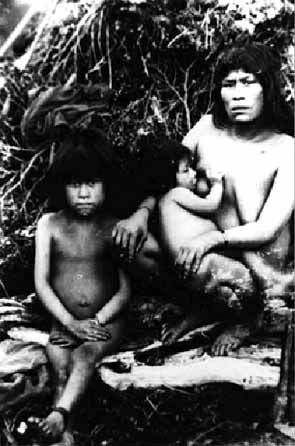|
avoid drawing and taking notes on the stream´s viability for navigation. Moreno also distinguished himself as an educator, conservationist, and promoter of public welfare. The state rewarded him with lands which Moreno donated to found the first national park. Moreno to the end of his days maintained that the indians were
not the determining factor holding back development of the Patagonia.
He blamed, instead, the wealthy land owners that did little to promote
productive work or colonization. |
|
| Chapter 8 THE FATHER DE AGOSTINI |
|
| Alberto María De Agostini was born on November
2nd 1883 in Pollone, a small town in Piamonte. It was the location
of his home town, near the Alps, and the neighbour city of Biella,
craddle of the Italian mountaineering, that meant a decisive influence
in Agostini´s character and preferences. His pasion for the
mountain and large wild lands increased, turning him into an expert
mountaineer. Not only did he devoted himself to climbing but he also
did research, wrote essays and took photographs related to the mountains.
He was consecrated priest by the order Salesiana in 1909 and soon
after he left Italy to become a missionary in one of the most unknown
and inhospitable regions of the world: Tierra del Fuego. He was
encouraged not only by his religious vocation but also by his explorer´s
spirit. |
The young priest arrived in Punta Arenas in 1910 to find that his
brothers had devoted themselves to save the few remaining indians´
communities from declination and destruction. The priests tried to
preserve the natives from the invasion of the occidental culture by
getting them together in very well organized missions. De Agostini
contributed teaching the indians in the missions and others in the
salesian orders and spent his little free time carring out his famous
explorations.
Punta Arenas was the base of Alberto De Agostini´s first exploration. His interest for the cordillera situated in Tierra del Fuego, known as Cordillera Darwin, was not casual. During his first two years in the region, he had the chance of exploring the archipelago by sea and land. Thus, he was able to have a rough idea of the most interesting areas to scout and the difficulties that might arise. |
